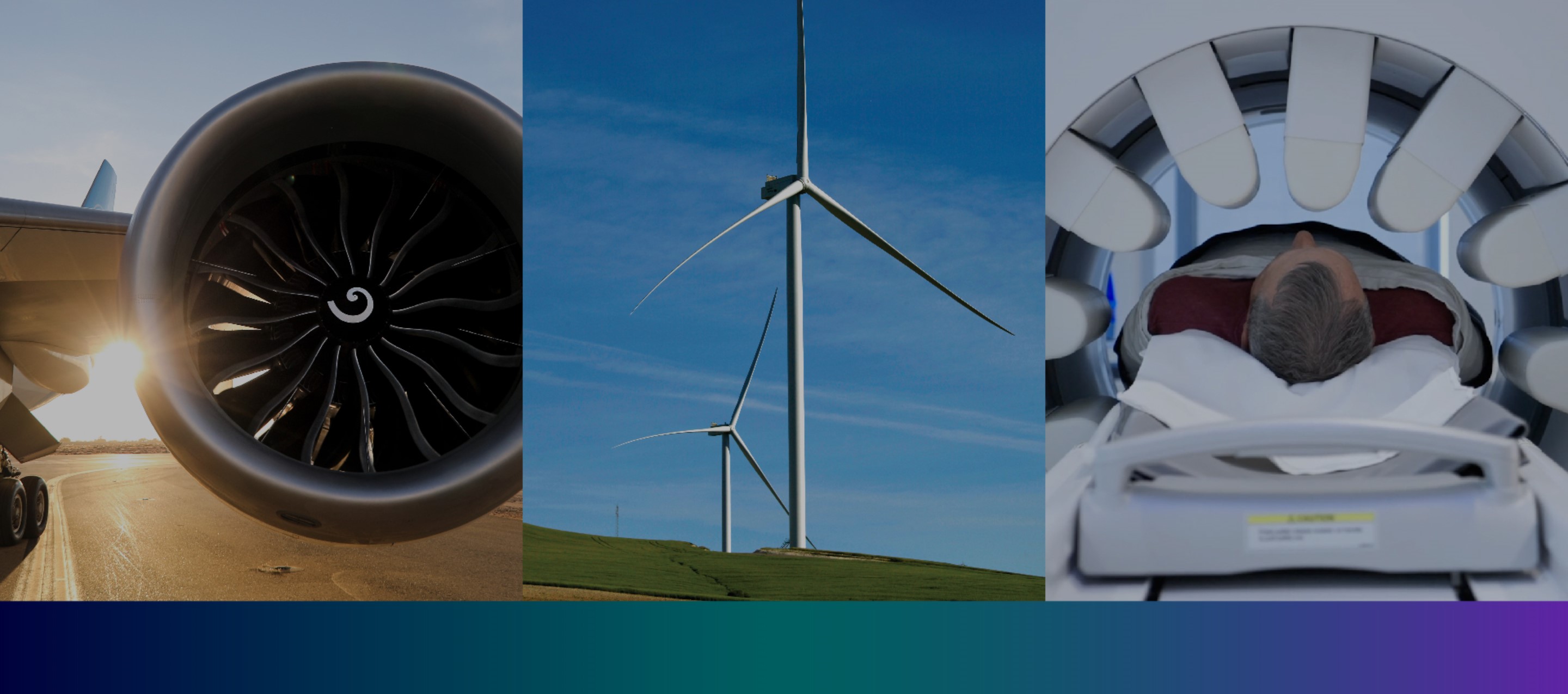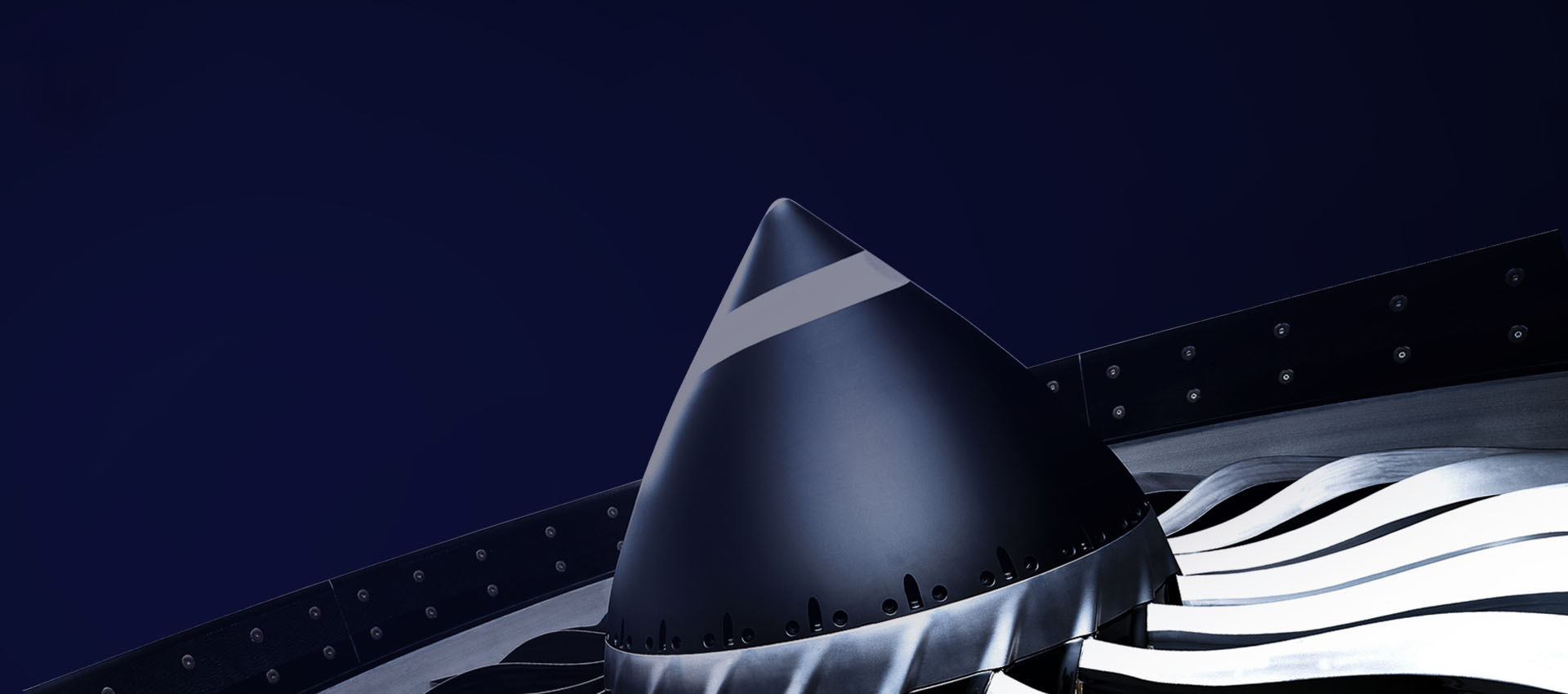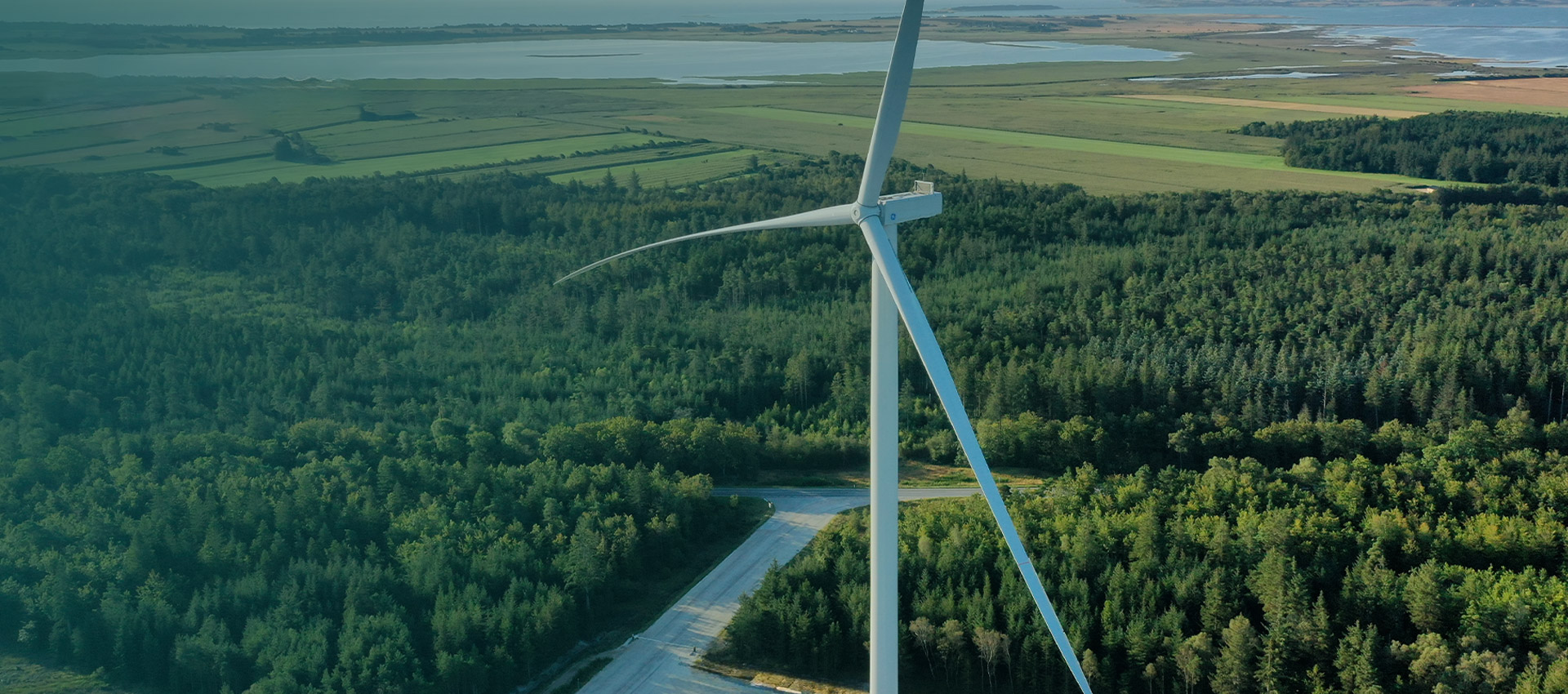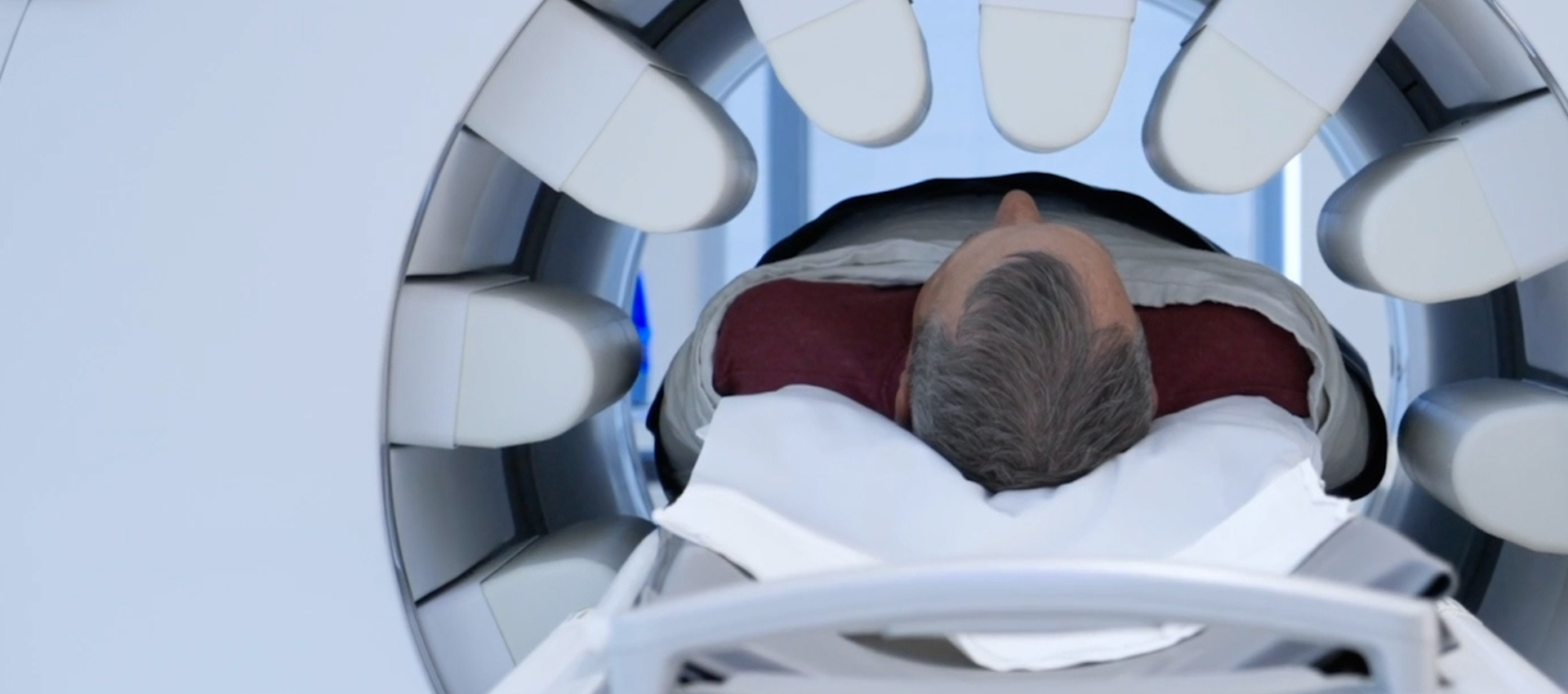
GE - Once, Now, Forever

We were meant to fly
~$32B annual revenue
- Powering 3 out of 4 commercial flights globally
- ~44,000 commercial engines*
- ~26,000 military engines*
NYSE: GE
*Includes engines made by GE Aerospace and its JVs

The Energy To Change The World
~$33B annual revenue
- Helping to generate ~30% of the world’s electricity
- ~55,000 wind turbines
- ~7,000 gas turbines
NYSE: GEV


Building a healthier future we can thrive in
~$19B annual revenue
- 1B+ patients served annually
- 4M+ installed base equipment
NASDAQ: GEHC